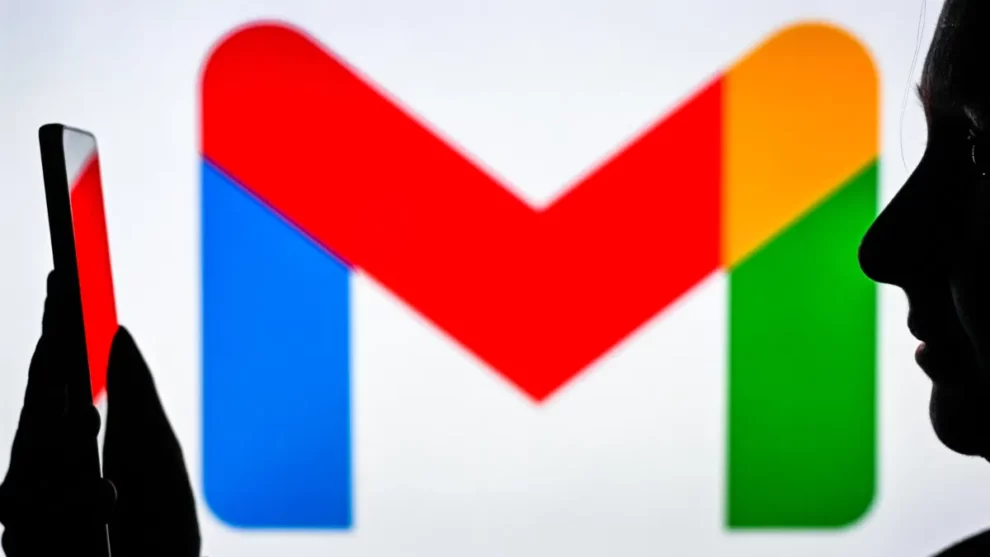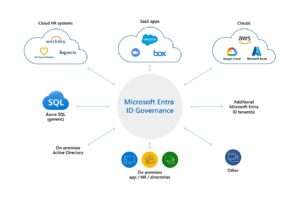Google appears to be developing a powerful new privacy tool for Gmail users, with the discovery of a “Shielded Email” feature hidden within recent code updates. This development signals Google’s latest move in the ongoing battle for digital privacy protection, potentially offering users a sophisticated solution for managing their online identity and reducing spam.
The feature, uncovered in version 24.45.33 of the Google Play Services APK by Android Authority, would allow users to generate temporary email addresses linked to their main Gmail account. This functionality mirrors Apple’s existing Hide My Email service, but with the potential for broader accessibility as it wouldn’t be restricted to premium subscribers.
Shielded Email‘s implementation appears to be thoughtfully designed around user privacy and convenience. The system would enable users to create “single-use” or “limited-use” email addresses for situations where they prefer not to share their primary email, such as signing up for newsletters or filling out online forms. All communications sent to these temporary addresses would be automatically forwarded to the user’s main Gmail account, maintaining convenience while enhancing privacy.
The discovery of this feature within the Autofill settings menu suggests deep integration with Google’s broader ecosystem. This positioning indicates that Shielded Email could become a seamless part of the Chrome browser and Android operating system’s form-filling functionality, potentially making it more convenient than existing alternatives.
One of the most significant aspects of the potential implementation is its approach to email organization. Evidence suggests that Google might create a dedicated folder system for messages received through Shielded Email addresses, similar to Gmail’s existing categorization of social, promotional, and update emails. This organization would help users easily track which services are contacting them through their temporary addresses and monitor for any potential security concerns.
The security implications of this feature are particularly noteworthy. In an era of increasing data breaches and privacy concerns, Shielded Email could provide users with a powerful tool for protecting their primary email address from exposure to potentially malicious third parties. If a temporary address becomes compromised, users would simply be able to delete it through their Gmail interface, effectively cutting off any spam or security threats without affecting their main email account.
This development comes at a time when digital privacy features are becoming increasingly important to consumers. Apple‘s Hide My Email service, available exclusively to iCloud+ and Apple One subscribers, has already demonstrated the demand for such functionality. However, Google’s approach could potentially democratize this privacy feature by making it available to its broader user base.
The technical implementation appears to be well thought out, with the code suggesting a robust system for managing these temporary addresses. Users would have full control over their Shielded Email addresses, including the ability to create, monitor, and delete them as needed. This level of control would provide users with unprecedented flexibility in managing their online presence and digital security.
While this feature remains unreleased and unconfirmed by Google, its discovery in the APK code suggests serious consideration for implementation. The timing is particularly relevant given the increasing focus on digital privacy and the growing sophistication of online threats. By providing users with tools to protect their primary email address, Google would be taking a significant step in enhancing user privacy across its ecosystem.
The potential launch of Shielded Email could also represent a broader shift in how email services approach privacy and security. Rather than treating privacy as a premium feature, as Apple does with Hide My Email, Google’s implementation could make sophisticated privacy tools more accessible to the average user.
As we await official confirmation and potential release of this feature, its discovery highlights the ongoing evolution of email security and privacy measures. The implementation of Shielded Email could mark a significant milestone in making advanced privacy features more accessible to the general public, potentially setting a new standard for how we manage our digital identities in an increasingly connected world.
















Add Comment